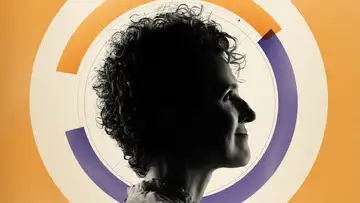How the Maker Movement Was BornTop of Mind with Julie Rose • Season 1, Episode 725, Segment 2
Jan 13, 2018 • 18m
Guest: Dale Dougherty, Founder, CEO, Make Magazine and Maker Faire, Author, “Free to Make: How the Maker Movement is Changing Our Schools, Our Jobs and Our Minds”
Makerspaces like the one we just visited at the Orem Public Library are in libraries and schools around the country today. A decade ago, that was not so. But, tech journalist Dale Dougherty saw it coming and was the first to call it “making.” He started Make Magazine: the latest issue has instructions on how to build a retro arcade game or hack apart a piano to build a new instrument.
Check out the Magazine here.